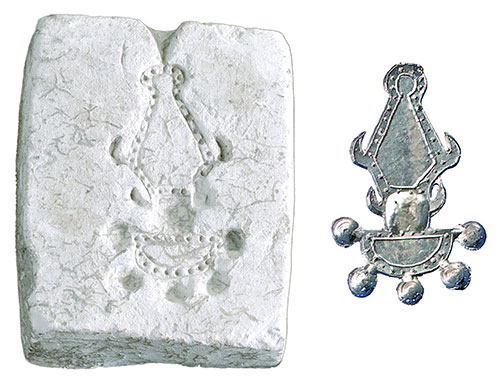 Modern jewelers are so lucky because they have a wide variety of high precision tools and professional instruments they can use in their workshops. But what did jewelers have 15 centuries ago? How crude their tools and techniques were? And just imagine, despite all that, the ancient jewelry pieces we find in museums look gorgeous and intricate. They’re not some crude lumps of metal – they’re masterpieces, artfully designed and created. Look what kind of jewels could 6th-century jewelers produce with only a simple forge and basic tools.
Modern jewelers are so lucky because they have a wide variety of high precision tools and professional instruments they can use in their workshops. But what did jewelers have 15 centuries ago? How crude their tools and techniques were? And just imagine, despite all that, the ancient jewelry pieces we find in museums look gorgeous and intricate. They’re not some crude lumps of metal – they’re masterpieces, artfully designed and created. Look what kind of jewels could 6th-century jewelers produce with only a simple forge and basic tools.
This post was inspired by an exhibition in one of the Ukrainian history museums. It displayed a very interesting installation – a number of archaeological finds from a workshop of a jeweler that was located in central Ukraine. They date back to the 6th century.
The display included an extremely simple stone forge for melting non-ferrous metals (silver, gold, bronze, etc), a crucible made from clay (it is a spoon used to pour the melted metal into a mold), and 64 stone molds for making different jewels.

The jeweler or jewelers produced various jewelry in this workshop in the 500s. When we think about jewels that are 1,500 years old, a lot of people imagine some stone beads, shells, or very crude and simple metal pieces. But in truth, many jewelers of the time already knew numerous jewelry techniques, worked with different materials, including metal alloys, created complicated adornments made from a number of parts connected together to form a one-piece item, etc.
And if you doubt the delicacy of such ancient jewels, just look at these photos and prepare to be amazed.
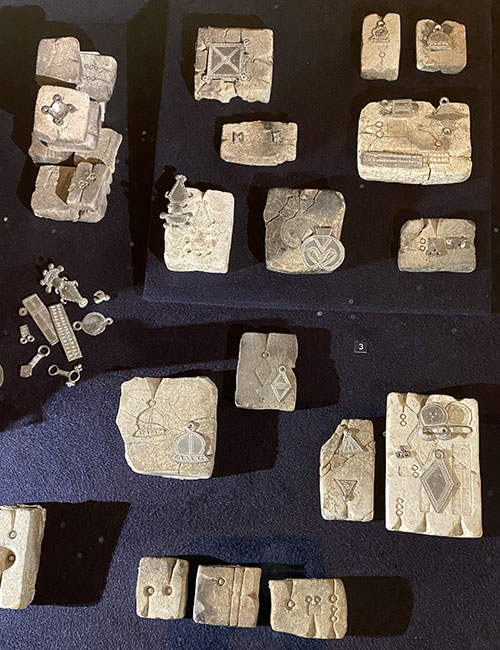
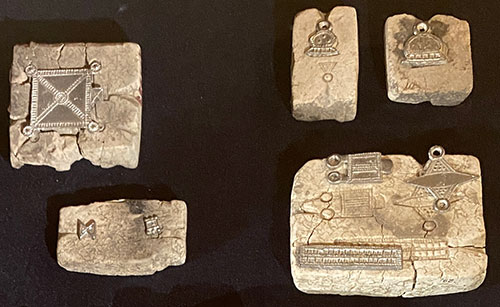
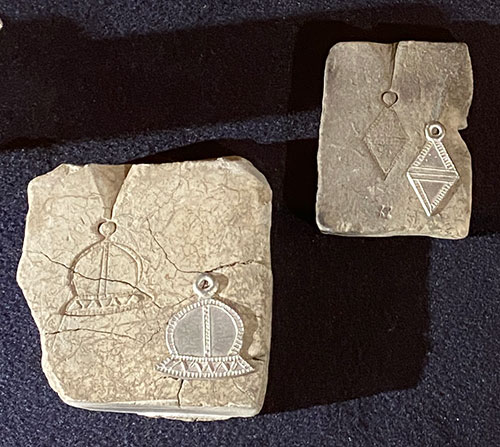
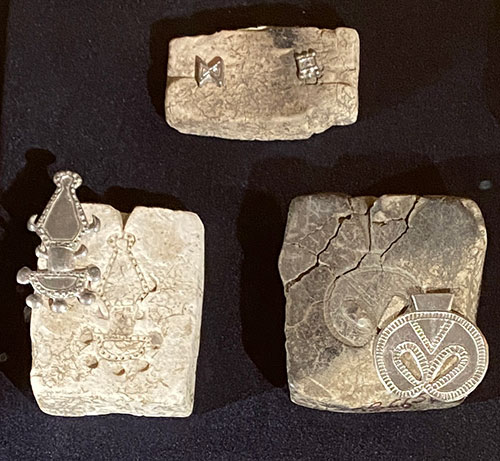
The museum workers analyzed the stone molds they’ve found and wanted to see how those jewels looked like and how well the molds worked, so they decided to test them. They found a professional jeweler and tried to make jewels using these ancient molds. The metal they used, I think, is tin or something like that. This is what they got from such an experiment. In the photos, you can see the stone molds and metal jewelry made with their help. Note how thin and decorative the pieces are.
Using these stone molds, a jeweler could produce pendants, belt buckles, fibulae, fasteners, decorative plates, and similar items. But the most curious mold among them is the one for a knob fibula. It is the first known knob fibulae mold in Europe. A very rare and expertly made jeweler’s tool.
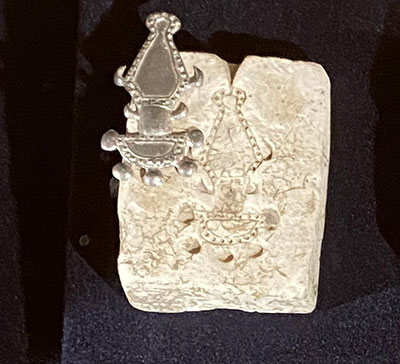
Here is a better photo from Vinnytsia Regional Museum of Local History where the finds are stored and displayed.
